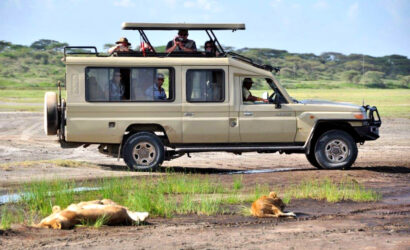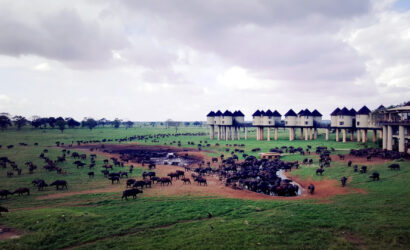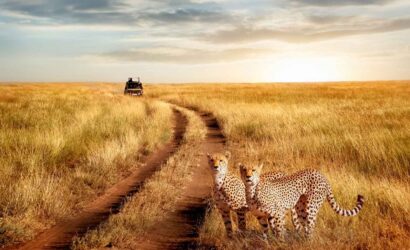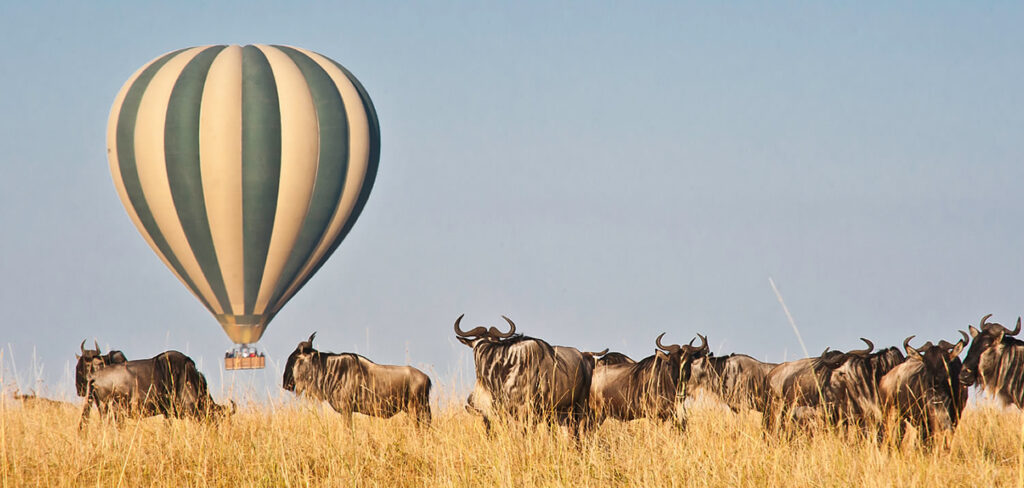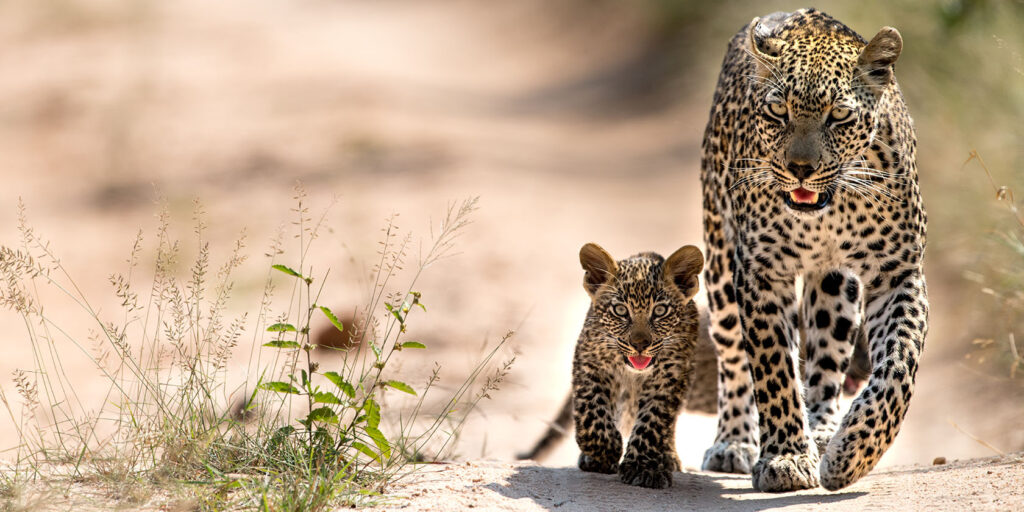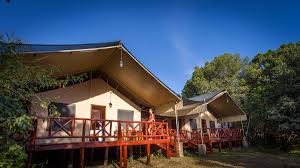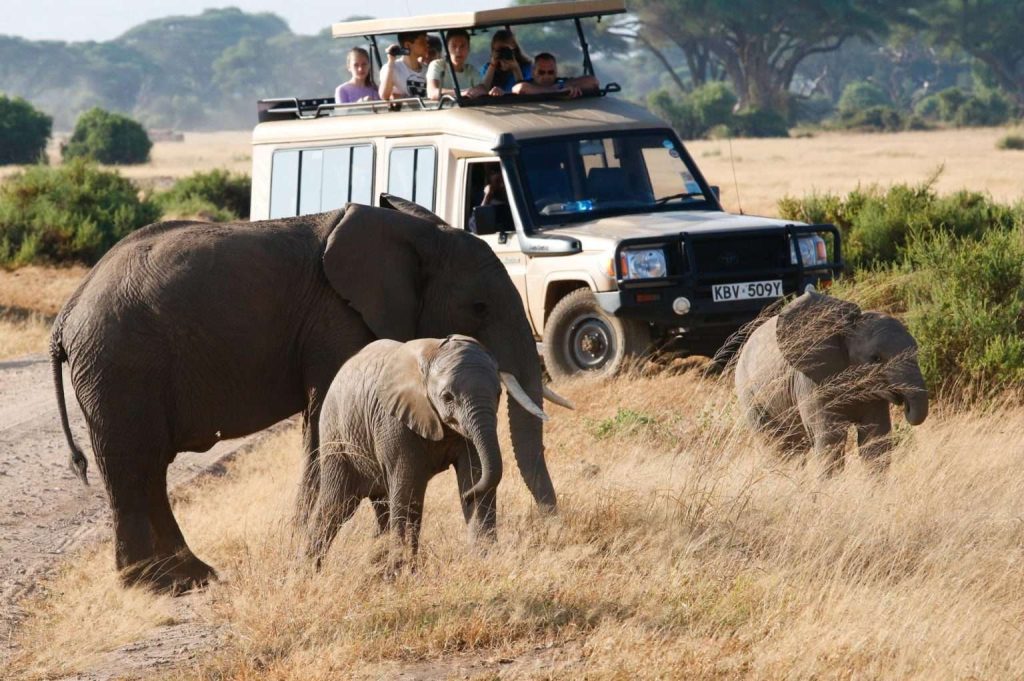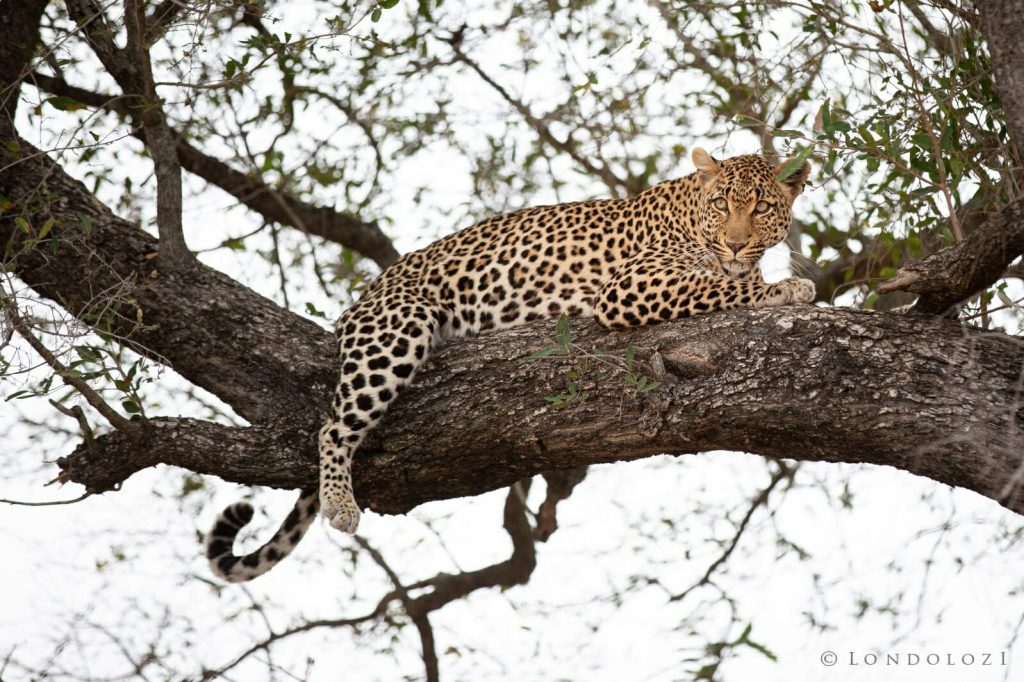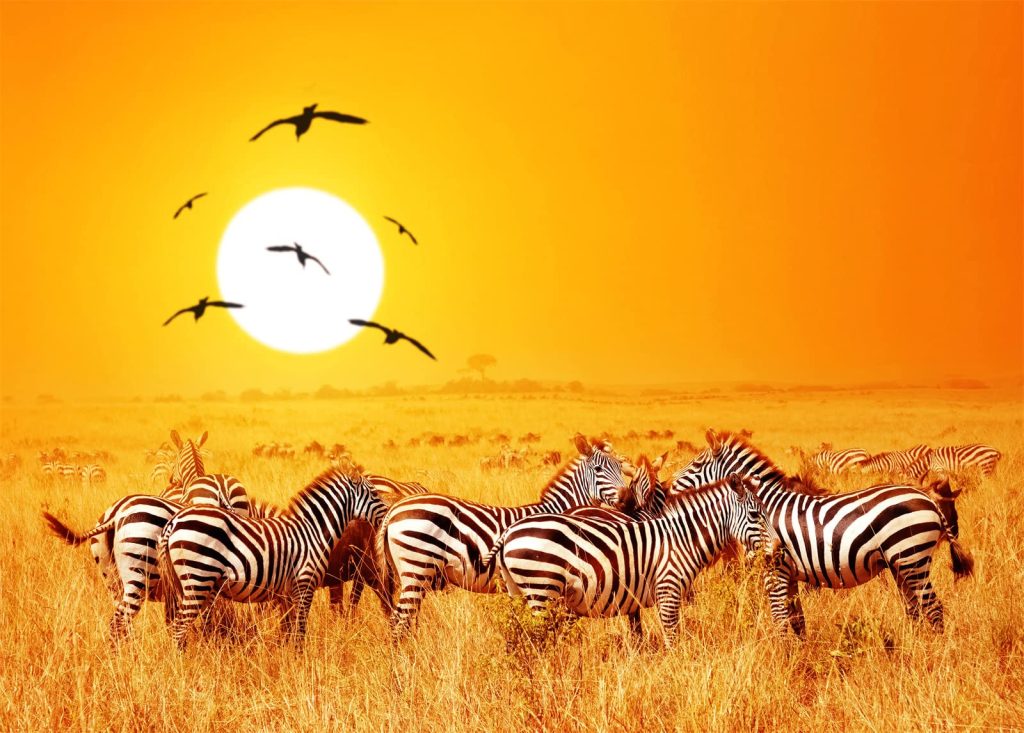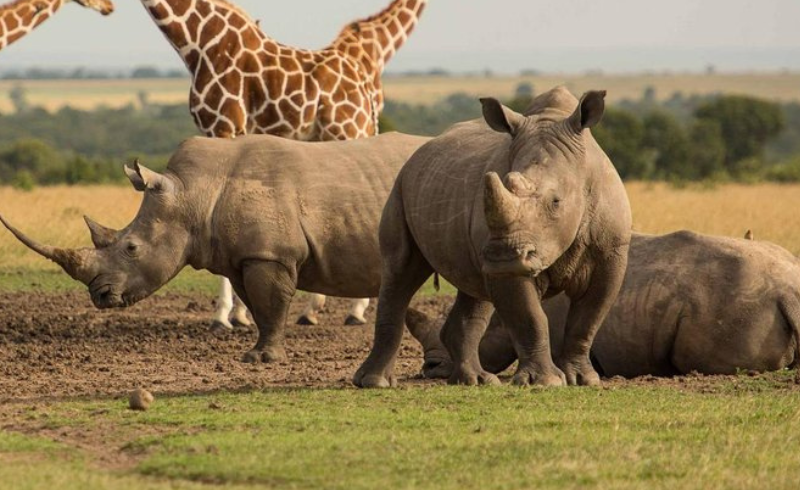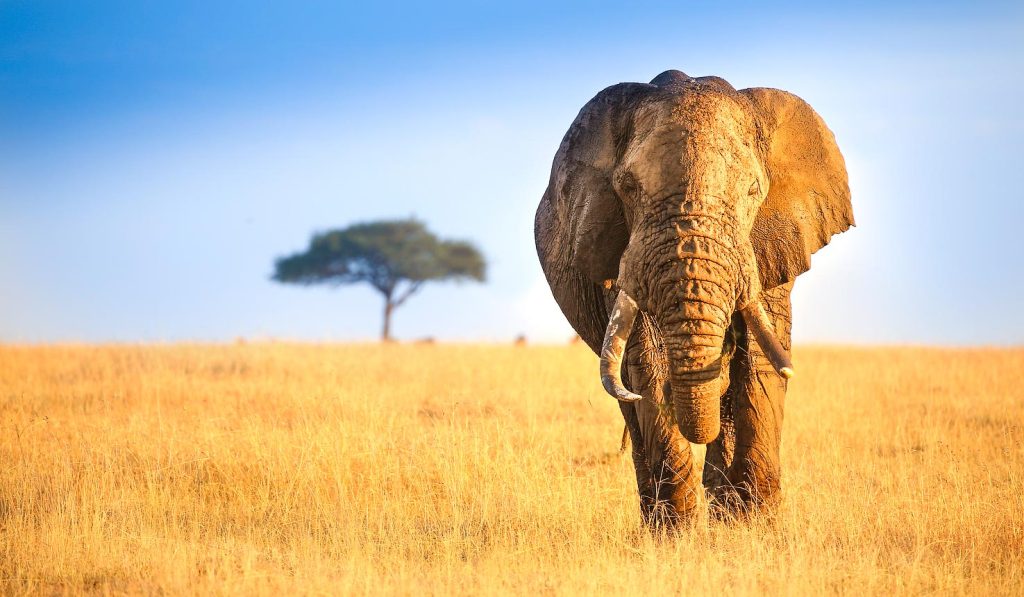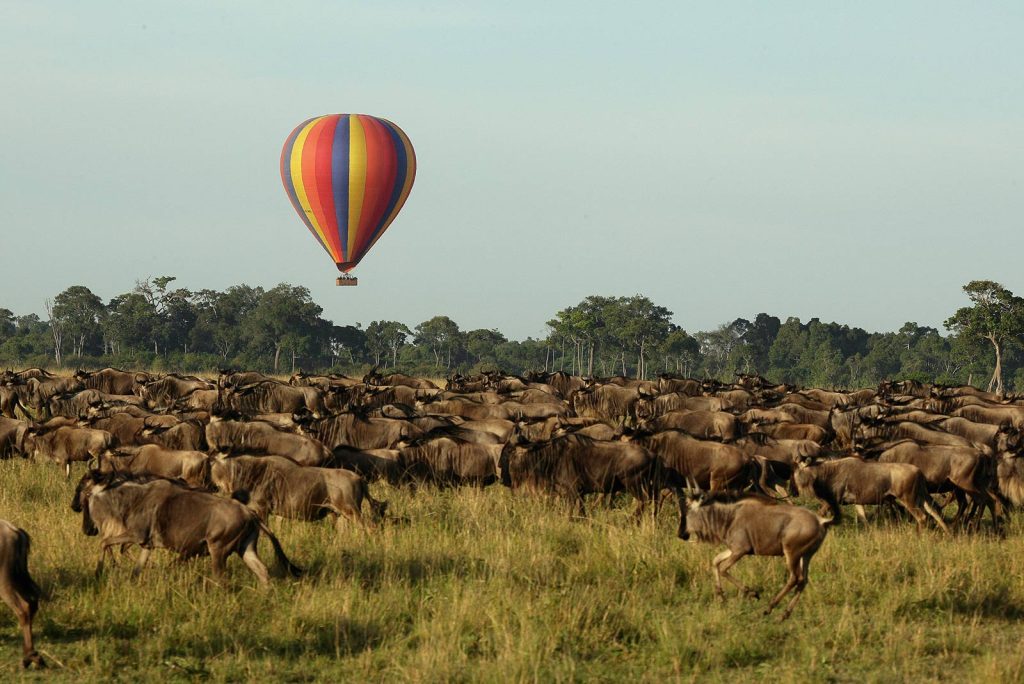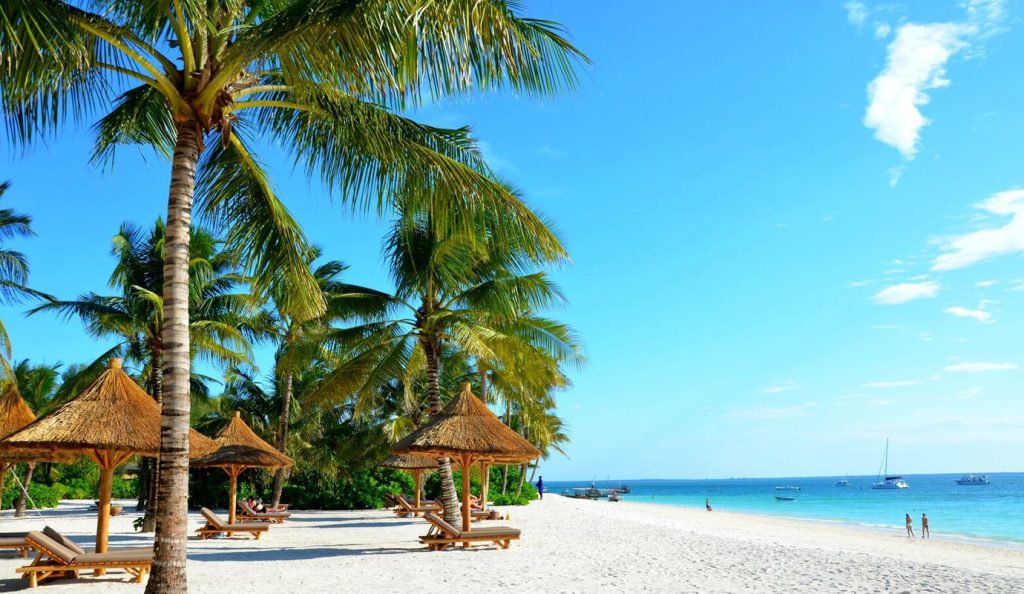This 2 Days Masai Mara Express Safari by road takes you to the Masai Mara, Kenya’s finest and most outstanding wildlife sanctuary where gentle rolling grassland ensures animals are never out of sight. Masai Mara is one of the most famous wildlife conservation areas in the world, with a rich & varied collection of African wildlife.
Overview
This 2 Days 1 Night Masai Mara Express Safari by road takes you to the Masai Mara, Kenya’s finest and most outstanding wildlife sanctuary where gentle rolling grassland ensures animals are never out of sight. Masai Mara is one of the most famous wildlife conservation areas in the world, with a rich & varied collection of African wildlife.
2 Days Masai Mara Express
Tour Cost From: USD 640
Cost Includes
- Per person rate for the 2 days 1 nights
- Meet and greet services.
- Accommodation on safari on full board in our best rooms.
- Transport in customized 7-seater tour van or 4x4 Safari Landcruiser
- both with a pop up roof on private basis.
- Game drives on safari.
- Complementary 1 liter bottle of mineral water per person per day.
- Face Mask and Hand Sanitize Kit
- Services of an English speaking driver guide.
- Accommodation for 1 nights on full board basis
Cost Excludes
- Park fee is Ksh.1000 for residents USD 80 nonresidents per person valid for 24 hours only
- Drinks and Laundry
- Extra meals and visits not indicated
- Visa fees
- Personal medical and travel insurance
- International flights and departure taxes
What is the best time to go on a safari in Kenya?
The best time to visit Kenya for a safari is during the dry seasons, from June to October and January to March. The Great Migration, a highlight in the Masai Mara, usually occurs between July and October.
What should I pack for a safari?
Clothing: Light, breathable clothes in neutral colors, a warm jacket for cool mornings and evenings, a hat, sunglasses, and comfortable walking shoes.
Accessories: Binoculars, a camera, sunscreen, insect repellent, a reusable water bottle, and a flashlight.
What type of accommodations can I expect?
Kenya offers a range of accommodations, from luxury lodges and tented camps to budget-friendly options. Many lodges are located within or near the national parks and reserves, providing easy access to wildlife viewing.
How safe is it to go on a safari in Kenya?
Safaris in Kenya are generally safe. It’s important to follow the guidance of your tour guide, stay in the vehicle during game drives, and avoid feeding or approaching animals. It’s also recommended to use reputable tour operators and accommodations.
What kind of wildlife can I expect to see?
Kenya is home to the “Big Five” (lion, leopard, elephant, buffalo, and rhino) and many other species, including giraffes, zebras, cheetahs, and a variety of birds. The specific animals you see will depend on the parks and reserves you visit.
Can I combine my safari with other activities?
Yes! Many travelers combine safaris with beach vacations in places like Mombasa, Diani Beach, or the islands of Lamu and Zanzibar. You can also explore Nairobi, Kenya’s vibrant capital city.





